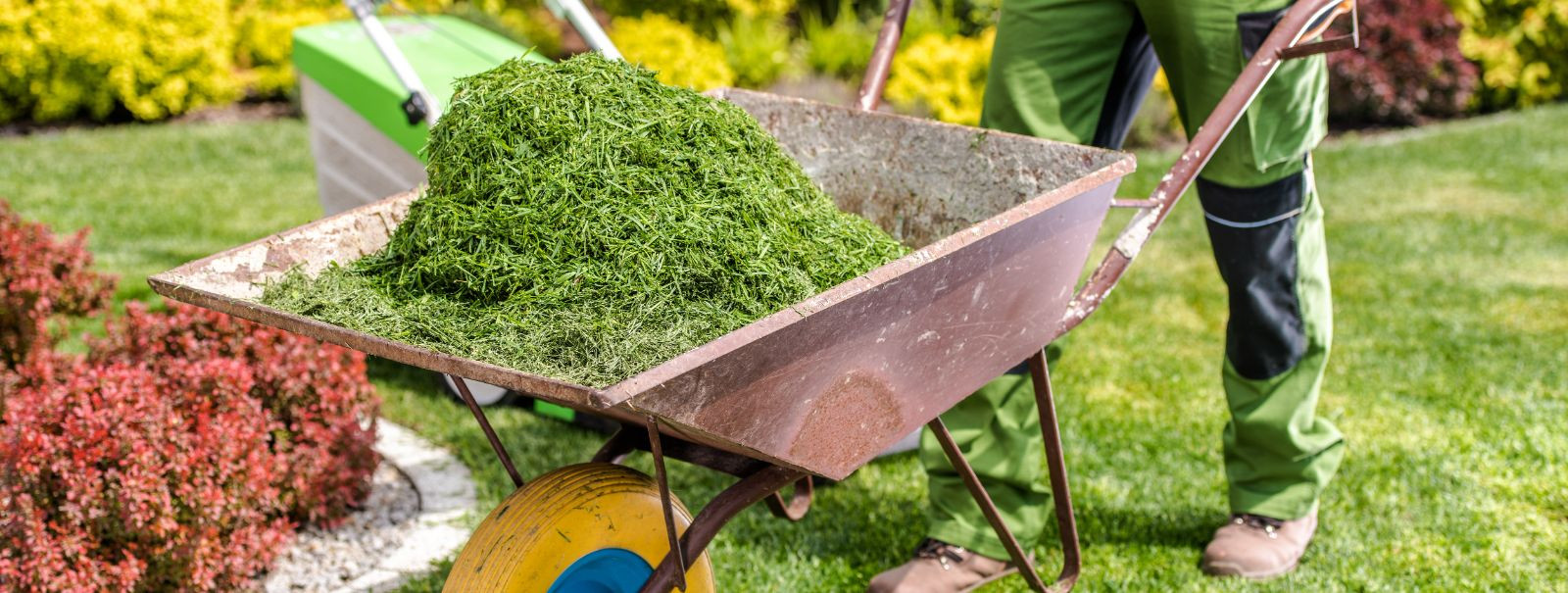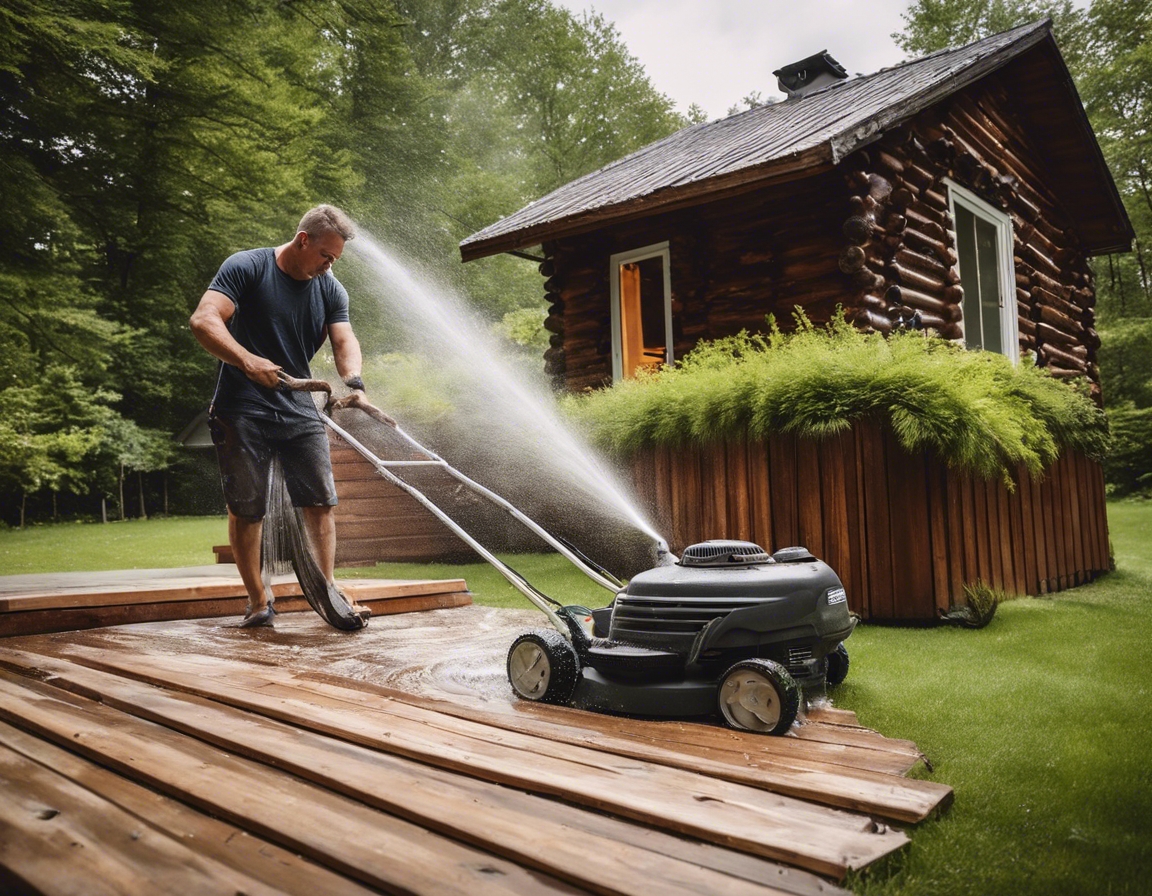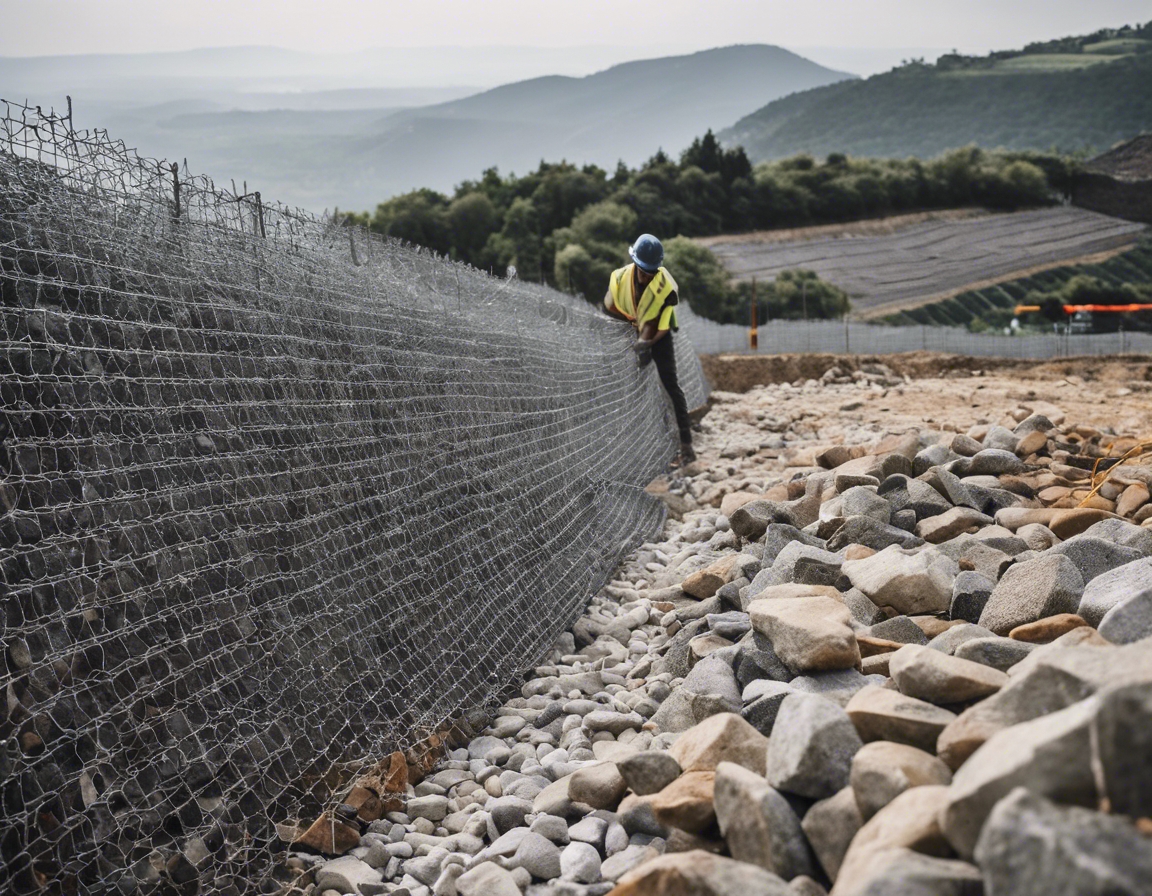5 tips for sustainable landscaping in estonia
Sustainable landscaping in Estonia is not just a trend; it's a commitment to preserving the natural beauty and ecological balance of our environment. By adopting eco-friendly practices, we can create outdoor spaces that are not only aesthetically pleasing but also beneficial to the ecosystem.
Tip 1: Native Plant Selection
Native plants are adapted to the local climate and soil conditions, making them more resilient and requiring less maintenance. They also provide essential habitat for local wildlife, promoting biodiversity.
Research the native species of Estonia and consider factors such as sunlight, soil type, and water availability when selecting plants for your landscape.
Tip 2: Water Conservation Strategies
Collecting and using rainwater for irrigation is an effective way to conserve water resources. It reduces the demand for treated water and can lead to significant savings.
Selecting plants that require less water can greatly reduce your landscape's water consumption, especially during the dry summer months in Estonia.
Tip 3: Organic Soil Management
Using organic matter to enrich the soil improves its structure and fertility, reducing the need for chemical fertilizers. Composting kitchen and garden waste is an excellent way to create nutrient-rich soil amendments.
Healthy soil is the foundation of a thriving garden. It supports plant growth by providing nutrients, water, and air to plant roots.
Tip 4: Sustainable Hardscaping Materials
Choosing materials that are recycled or sourced locally reduces transportation emissions and supports the local economy. It also ensures that your hardscaping elements blend seamlessly with the natural surroundings.
Permeable paving solutions allow water to infiltrate the ground, reducing runoff and promoting groundwater recharge. Incorporating diverse materials and plants can enhance the ecological value of your landscape.
Tip 5: Eco-Friendly Maintenance Practices
Integrated Pest Management (IPM) is a sustainable approach to pest control that minimizes the use of chemicals. It involves monitoring pest populations and using targeted, environmentally friendly methods to manage them.
Practices such as mulching, proper pruning, and strategic plant placement can reduce the need for mechanical maintenance, preserving the integrity of your landscape and the environment.






Comments (0)